Who Moved London Bridge to Arizona?
London Bridge was falling down, so the city put it up for auction.
Listen and subscribe on Apple Podcasts, Spotify, and all major podcast apps.
Dylan Thuras: What is the largest souvenir that you’ve ever brought home from a trip? One time, my wife and I were living in Hungary, in Budapest, for a year. We found a taxidermy—it was antique—it was a taxidermied fox holding a little taxidermy duck under its arm. So, we bought it and then my parents came and visited and we said, hey, can you please fly home with this? So they had to bring a little paper bag and a little fox, which is standing up, its little head is poking out of the bag. They carried it out of the plane. Thanks mom, thanks dad.
I’m always trying to bring big, dumb stuff home from trips. And it’s always such a pain in the butt. But then when you get it home, it’s kind of worth it. Anyway, picture the biggest souvenir you’ve ever tried to bring home while I tell you this next little story.
In the 1960s, London Bridge was in fact falling down, just like the nursery rhyme. Though actually, it might be more accurate to say that London Bridge was sinking down, as in it was literally sinking into the mud. There had been this bridge in this spot in London since Roman times, but the version they had had in the 1960s was actually built in the 1800s. And in the 1800s, they just had horses and buggies, not cars and double-deckers trying to drive over this thing. And so the weight of all these modern cars and double-decker red London sightseeing buses was slowly driving the bridge into the mud.
So the city of London knew they had to build a new bridge. But instead of just demolishing the London Bridge they had, chucking it, they decided to put the bridge up for sale. Like an auction for the biggest, heaviest souvenir maybe ever.
Now imagine for a second what kind of buyer might show up to an auction for the London Bridge. Who would actually buy it? Who would want it? Where would you put it? Maybe a history museum? Maybe someone who wanted to buy the bricks just to build an elaborate castle somewhere? It’s not quite who bought it. Not quite.
I’m Dylan Thuras, and this is Atlas Obscura, a celebration of the world’s strange, incredible, and wondrous places. This episode today was produced in partnership with Visit Arizona, and today we are meeting the man who bought the real London Bridge. He was an American, he owned a chainsaw and a motorboat company, and he decided he was going to dismantle the London Bridge piece by piece and rebuild it in the middle of the Arizona desert. Also, there is a voodoo doll involved.
This is an edited transcript of the Atlas Obscura Podcast: a celebration of the world’s strange, incredible, and wondrous places. Find the show on Apple Podcasts, Spotify, and all major podcast apps.

Dylan: Robert McCulloch spent a lot of time in helicopters. He owned a company that made various types of small engines. He was best known for inventing the handheld chainsaw. That’s a crazy way to become a multimillionaire. But his company also made other kinds of engines. They made outboard engines for boats, and he was also known for inventing a chainsaw to become a multimillionaire. But his company also made other kinds of engines. They made outboard engines for boats, and in the late 1950s, Robert McCulloch crisscrossed the desert of Arizona from the air, looking for a spot where he might move his factory. They were based out of LA, but he thought that it was getting too expensive to do manufacturing there. Had McCulloch flown over the area a few decades earlier, he mostly would have just seen desert. The Chemehuevi Native Americans had lived in this area for centuries, but in the 1930s, the Colorado River was dammed up to provide water for the growing cities of Arizona and Southern California. That dam created a very big lake, Lake Havasu. Robert McCulloch saw Lake Havasu from his helicopter, and he thought, there it is, jackpot.
Jan Kassies: When McCulloch saw Lake Havasu for the first time, he saw right away, I have to be there. I have to be there.
Dylan: This is Jan Kassies. He’s the director of visitor services at Lake Havasu City. Jan’s actually from the Netherlands, but about 25 years ago, he met an American, they got married, and when they were looking for places to retire together, they found Lake Havasu. They’ve been here ever since. Anyway, Robert McCulloch moved his factory to Lake Havasu, and he tested out his motorboats on the lake. But it wasn’t quite enough, because he thought maybe a way to make a lot more money here would be to turn the place into a town, something of a tourist destination. So he decided to become a kind of real estate developer. And McCulloch bought up a ton of land, around 16,000 acres.
Jan: But the difficult thing is, you can buy land, but how do you make it into a town? You need streets and everything. Well, one of his friends was C.V. Wood, and C.V. Wood is one of the designers of Disneyland. And C.V. Wood said, you know what? I can do that. I can make that plan.
Dylan: So McCulloch and C.V. Wood, the Disneyland guy, started scheming and drawing up plans for a new resort type development along the lake. They pitched it as the perfect place for snowbirds. Come enjoy the warm Arizona sunshine, and take one of our motorboats out on the lake while you’re at it. And to pitch this vision to potential investors, McCulloch did some very hands-on advertising.
Jan: He bought 10 airplanes, and he invited people to come over to Lake Havasu. Free flight, free stay, free food.
Dylan: McCulloch brought something like 130,000 people out to Lake Havasu. And they came from all over, but especially cold places like the Midwest and the Northeast. And the plan worked, at least some. Some people started buying. It wasn’t quite enough, though.
Jan: McCulloch and C.V. Wood talked about that, and said, we have to do something. We need something that attracts a lot of people, that attracts our investment, because we need our money back. And then he heard that London Bridge was for sale. And when he heard that, McCulloch had said, I want to do it. I want to buy that bridge and put it in Lake Havasu. C.V. Wood said, are you stupid? Who brings a bridge over from England and then builds here in the desert?
Dylan: But Robert McCulloch knew what he wanted, and what he wanted was to buy the London Bridge. As it turns out, the sale of the London Bridge actually attracted a lot of different potential buyers. The city of London in Ontario, Canada, they thought the bridge would feel really at home there. Paris, Seoul, Melbourne, they all made bids on the bridge. There was a joke bid from one American who offered $1.50 for the whole thing so that his local Boy Scout troop could reassemble it. I do kind of wish they had won the bid. There were some other surprising entertainment angles as well.
Jan: Some of the casinos bid on it. Red Skelton bid on it. He wanted to build a theater from it.
Dylan: And then, out of nowhere, Robert McCulloch swoops in. He made, as you could say, an offer the city of London could not refuse. Before the sale, there were estimates that the bridge would sell for around $300,000. With inflation, it’s about $2.7 million, so not nothing. McCulloch said, I can do better than that. First, he calculated the cost of dismantling the bridge at about $1.2 million. Then he took that figure and doubled it to $2.4 million. Then, he added an extra $60K, just a little sweet cherry on top. $1,000 for each of his 60 years of life. So his final bid was $2,460,000. That’s almost $23 million with inflation. Some people in England were not super happy about this. One member of parliament griped, “If we don’t do something, the Americans will be after all our treasured buildings, even Buckingham Palace.” But London needed some cash to build the new London Bridge. And Jan says they actually kind of liked the fact that McCulloch wanted to keep the bridge intact. He wanted to use it as an actual bridge. So London finally said, okay, buddy, bridge is all yours. Buying a bridge that weighs 10,000 tons is one thing. Getting it to Arizona is another.
Jan: They took the bridge apart. They took the outside stone and cut a slice of it. And they brought the slices over.
Dylan: The granite slices were shipped through the Panama Canal and over to Southern California.
Jan: Each stone had a number because when they took the bridge apart, they had to know, where do I put it back again, just like the jigsaw puzzle.
Dylan: So they had all the numbered jigsaw pieces—10,276 in total. And now they just had to put it all back together. They also had to do some dredging in the lake, turning what used to be a peninsula into an island so that the bridge would actually have water to cross over. The whole thing was just going to take some time.
The process of rebuilding the bridge began in 1968. A year went by, then another. The project began to attract some local haters. Jack Hardie was a popular newspaper columnist at the Lake Havasu City Herald. As 1971 rolled around, three years into the project, Hardie made a bet with the company reconstructing the bridge. He wagered a bottle of whiskey that they would not be done by August 1971. Hardie won the bet, but only by a hair. The bridge reopened to the public with some grand fanfare in October 1971. However, the bridge makers got their own kind of strange version of revenge. In 2018, a construction crew was doing some work underneath the bridge when they came across this strange concrete slab. There was an inscription on it, almost like someone was buried under there. They moved it aside and inside stuffed into a coffee can …
Jan: They found a doll, a little doll with glasses on.
Dylan: The doll had pretty lifelike features. It sort of seemed like it was a doll of a specific person. And Jan decided he needed to know more.
Jan: I went to one of the people who have lived here forever and knew everything in the museum. And I showed him the doll and he said, damn it, that’s Jack Hardie. The doll looked exactly like him. In ’71, a few people worked on the bridge—and the doll made in the shape of Jack Hardie with his glasses on, and they put pins in it, a voodoo ball, and they buried him under the bridge.
Dylan: Dang, that’s pretty harsh. Although I will say there is now a lovely park named after Jack Hardie at Lake Havasu. And Jan has Jack Hardie, the doll, framed and on display in the visitor center, which of course also overlooks the London Bridge. Robert McCulloch sadly didn’t get to see much of the aftermath of his big purchase. He died in 1977, just six years after the bridge reopened. So he also didn’t get to see how much Lake Havasu City would grow. In the early ’70s, about two and a half thousand people lived there. By 1980, the number was about 16,000. Today it’s a community of about 60,000. Jan says it’s hard to know how much of that growth to attribute to the bridge itself. But it seems to him that McCulloch actually got a pretty good return on his purchase.
Jan: If McCulloch had bought ads in the paper or on TV, and he would have spent that money on it, nobody would have remembered it. A lot of people thought it was weird to buy a bridge, and they laughed about it. But if you look back on it, without the bridge, we wouldn’t have been a little town. And we get a lot of people that come over here, they just want to see the bridge. Then they see that it’s not only a bridge, but we have a nice little town and a lake and great weather and all that.
Dylan: Today around London Bridge, there is a charming English village style set of shops and restaurants, as well as the Visitor Center, if you’d like to see Jack Hardie’s Voodoo Doll.
Listen and subscribe on Apple Podcasts, Spotify, and all major podcast apps.
This episode was produced by Amanda McGowan. Our podcast is a co-production of Atlas Obscura and Stitcher Studios. The people who make our show include Doug Baldinger, Chris Naka, Kameel Stanley, Johanna Mayer, Manolo Morales, Baudelaire, Gabby Gladney, Amanda McGowan, Alexa Lim, Casey Holdford, and Luz Fleming. Our theme music is by Sam Tindall.

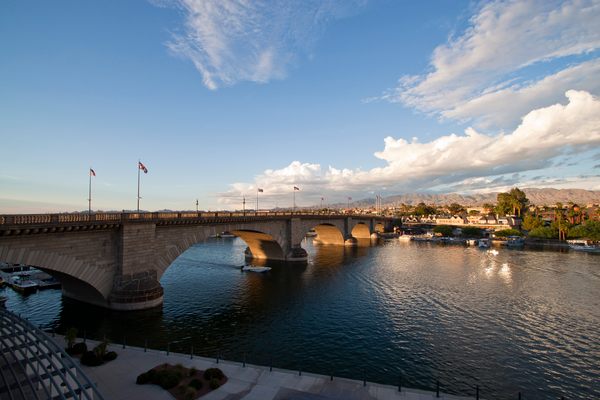

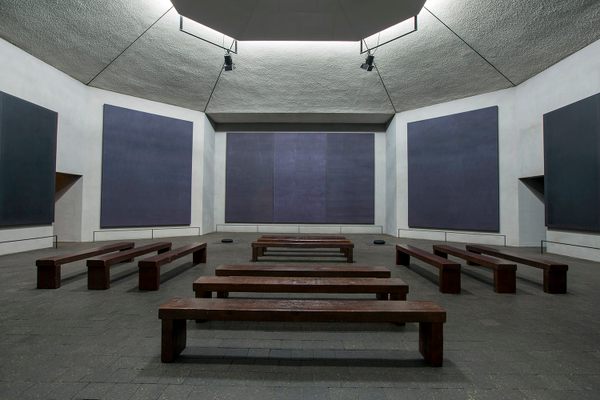


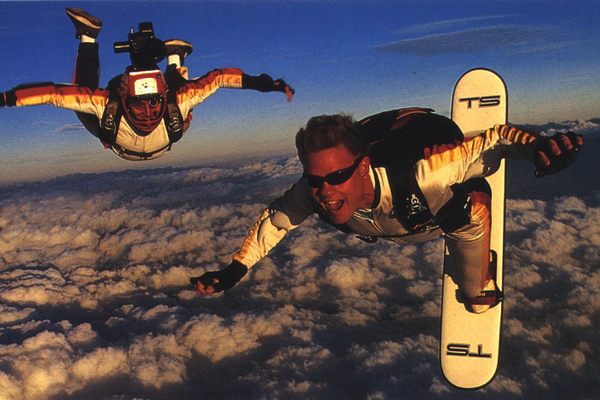
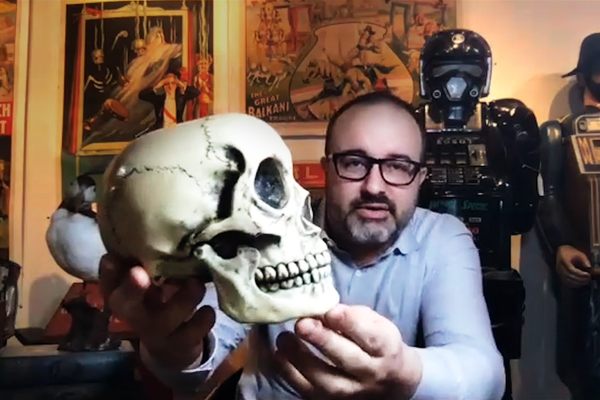
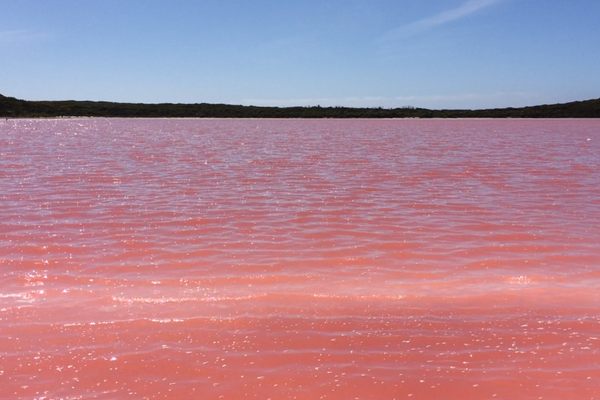
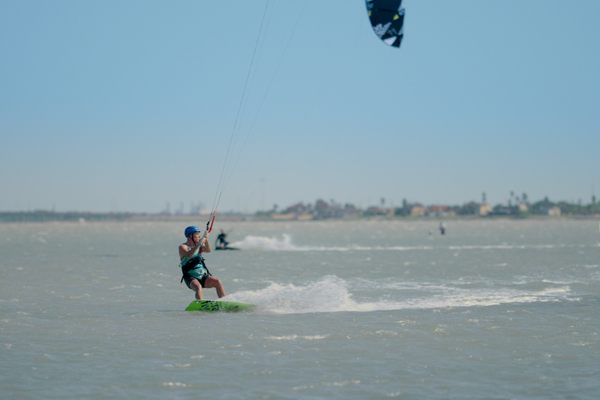
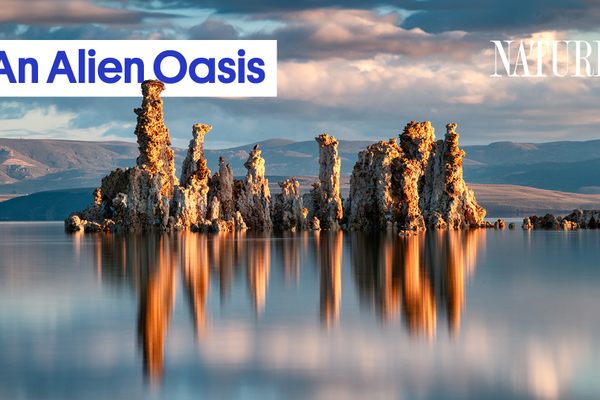
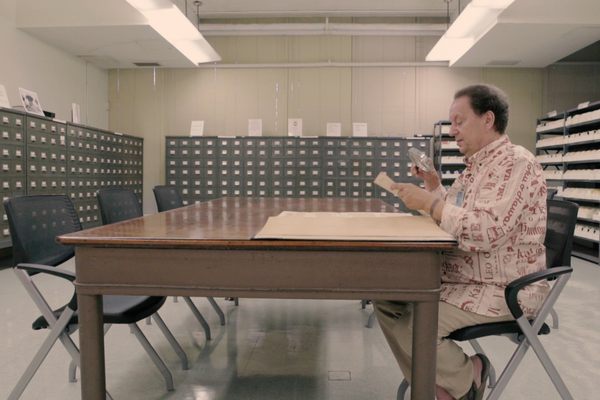
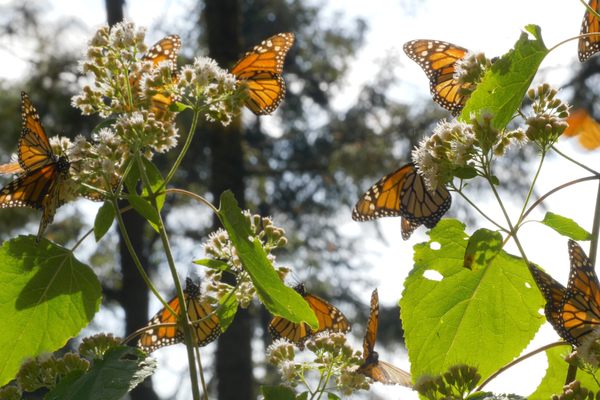

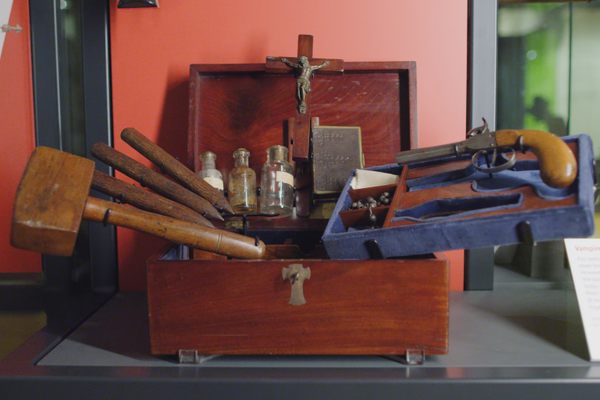



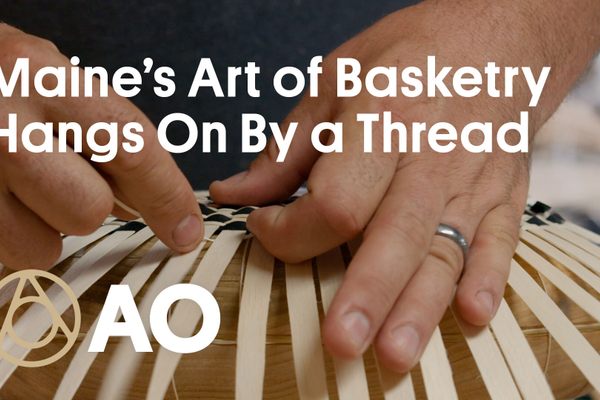
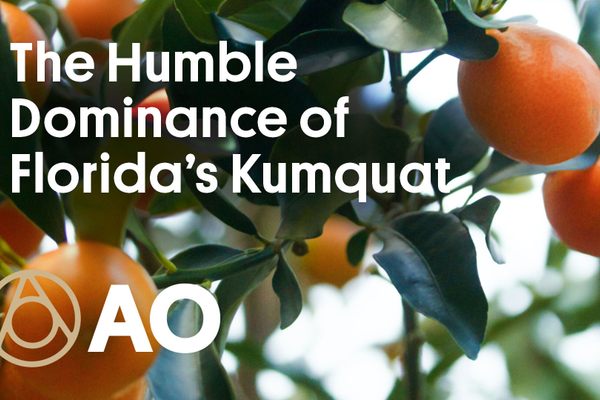
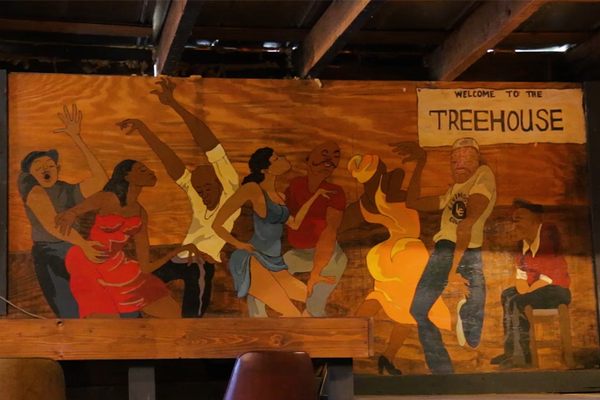

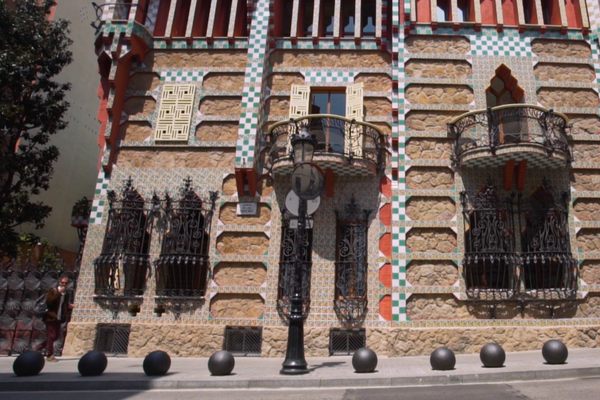

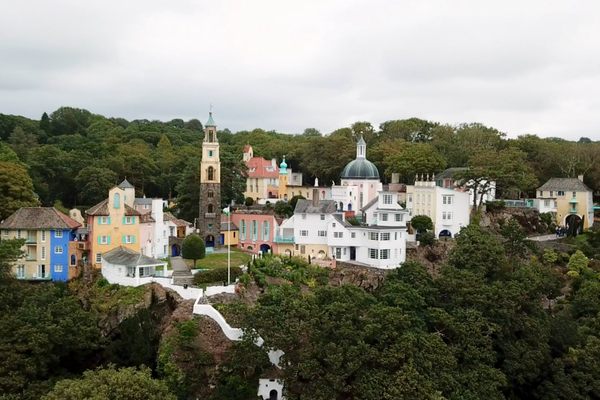

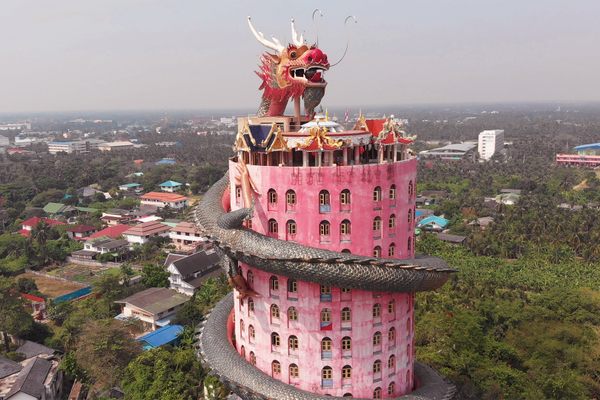

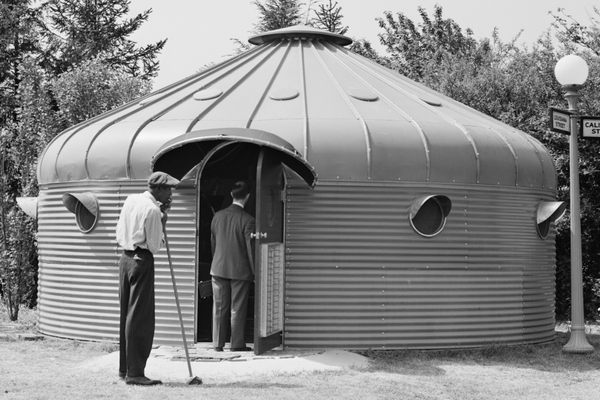
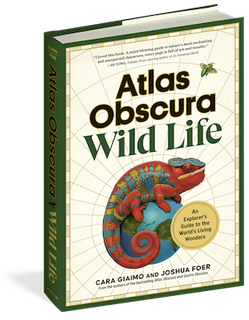

Follow us on Twitter to get the latest on the world's hidden wonders.
Like us on Facebook to get the latest on the world's hidden wonders.
Follow us on Twitter Like us on Facebook